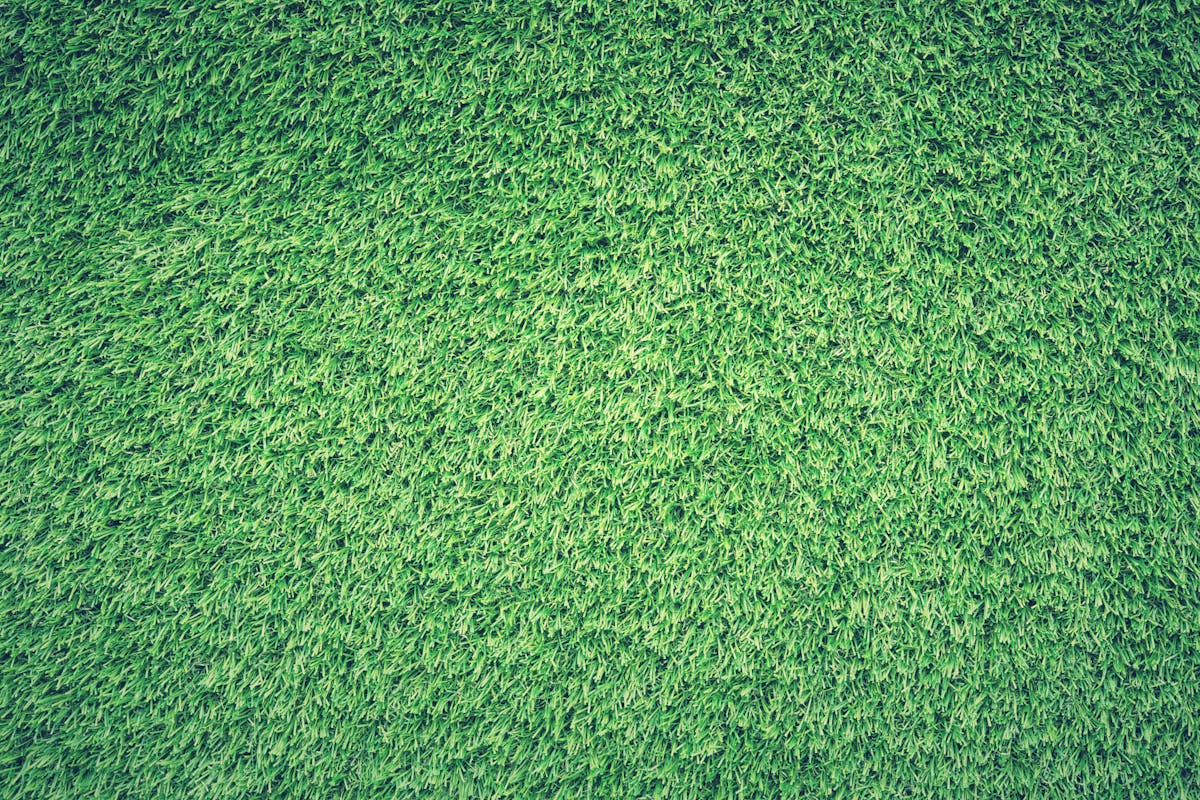Artificial grass has become a popular choice for homeowners looking to create a lush, low-maintenance lawn that stays green year-round. However, with so many different types and options available, choosing the right turf for your specific needs can be overwhelming. Whether you’re looking to replace a small backyard lawn or cover a large play area, selecting the right artificial grass is essential for ensuring both aesthetic appeal and durability. In this guide, we’ll walk you through the key factors to consider when choosing the best artificial turf for your lawn, with insights from a trusted turf company.
- Understand Your Needs
Before diving into the different types of artificial grass available, it’s important to assess your specific needs and how your lawn will be used. Ask yourself the following questions:
- Will the lawn be primarily for aesthetic purposes, or will it also serve as a play area for kids and pets?
- How much foot traffic will the lawn experience?
- Is the lawn in a shaded area, or will it be exposed to a lot of direct sunlight?
The answers to these questions will help guide your decision and ensure that you select a type of artificial grass that meets your practical requirements.
For example, if you have pets or children, you may want to choose a more durable, pet-friendly turf that can withstand rough play. Conversely, if your lawn is purely for decorative purposes, you may prioritize aesthetics and choose a turf with a softer texture or more realistic appearance.
- Pile Height: Finding the Right Balance
Pile height refers to the length of the grass blades, and it’s a critical factor to consider when selecting artificial turf. Artificial grass typically comes in pile heights ranging from 25mm to 45mm (1 inch to 1.75 inches). The pile height affects both the appearance and functionality of your lawn.
- Shorter Pile Heights (25mm-30mm): Turf with shorter blades is ideal for areas that will experience heavy foot traffic, such as pathways, patios, or play areas. The shorter pile is more durable and resistant to flattening, making it a practical choice for high-use spaces.
- Medium Pile Heights (30mm-35mm): This is a versatile option that balances durability with a more natural look. Medium pile height artificial grass works well for most residential lawns, offering a lush appearance while being durable enough for regular use.
- Longer Pile Heights (35mm-45mm): Turf with longer blades provides a more luxurious, plush look and feel. This type of grass is best suited for areas that are primarily for visual appeal or light use, as the longer blades may flatten under heavy traffic.
When choosing the right pile height, think about how the space will be used and how you want the grass to feel underfoot. Consulting with a turf company can help you determine which pile height is most appropriate for your specific lawn.
- Blade Shape and Density
Artificial grass blades come in various shapes, each designed to serve different functions. Common blade shapes include:
- Flat Blades: These offer a natural look but are less durable and may flatten over time, especially in high-traffic areas.
- V-Shaped Blades: These are more resilient and bounce back after being stepped on, making them ideal for areas that see a lot of use.
- W-Shaped Blades: These blades help reduce glare and heat retention, making them a good option for lawns that get a lot of direct sunlight.
In addition to blade shape, blade density is another important consideration. Blade density refers to the number of synthetic grass blades per square meter. The higher the density, the more lush and full the grass will appear. Dense turf is also more durable and resilient underfoot. However, high-density turf tends to be more expensive, so consider your budget as well as your needs.
- Choosing the Right Color
Artificial grass comes in a range of colors, from deep emerald greens to lighter, more natural tones. To achieve the most realistic look, choose a turf that closely matches the natural grass in your region. Additionally, many modern artificial grass products incorporate subtle color variations and even brown thatch layers to mimic the look of natural grass more effectively.
Keep in mind that extremely bright, uniform greens can sometimes look artificial, so opt for turf that includes some color variation to enhance its realism. A professional turf company can provide samples and help you select the right shade for your lawn.
- Backing and Drainage Systems
The backing of artificial grass is what holds the blades in place, and it plays a significant role in the durability and longevity of your turf. There are two primary types of backing:
- Polyurethane Backing: This type of backing is strong, durable, and resistant to moisture, making it a good choice for areas that experience varying weather conditions.
- Latex Backing: Latex backing is more affordable but may not be as durable as polyurethane. Over time, it can degrade, particularly in areas with heavy rainfall or fluctuating temperatures.
Drainage is another critical factor, particularly for areas that receive a lot of rain or for homes with pets. Good-quality artificial turf should have a well-designed drainage system that allows water to quickly pass through the turf and into the soil below. This prevents water from pooling on the surface and helps keep the grass clean and dry.
- Consider Eco-Friendly Options
If sustainability is a priority for you, consider eco-friendly artificial turf options. Some manufacturers produce turf made from recycled materials or offer recyclable backing options. Additionally, choosing artificial grass helps conserve water and reduces the need for harmful pesticides and fertilizers.
Many eco-friendly turf options are designed to be just as durable and visually appealing as standard turf, so you don’t have to sacrifice performance for sustainability.
- Budget and Installation Costs
When choosing artificial grass, it’s essential to factor in both the cost of the product and the cost of installation. Higher-quality turf products tend to be more expensive upfront but may offer better durability and a more realistic appearance. Additionally, installation costs can vary depending on the size and complexity of the project.
While DIY installation may seem tempting to save money, hiring a professional Frisco turf company can ensure that your artificial grass is installed correctly, with proper drainage and a level surface. Poor installation can lead to issues down the line, so it’s often worth the investment to have the job done right the first time.
Conclusion
Choosing the right artificial turf for your lawn requires careful consideration of factors such as pile height, blade shape, density, color, backing, and drainage. By understanding your specific needs and working with a professional turf company, you can select the best artificial grass that meets both your aesthetic preferences and functional requirements.
Whether you’re transforming a small backyard, creating a pet-friendly space, or designing a visually striking landscape, the right artificial grass can make all the difference. With the right choice, your lawn will be beautiful, durable, and easy to maintain for years to come.




